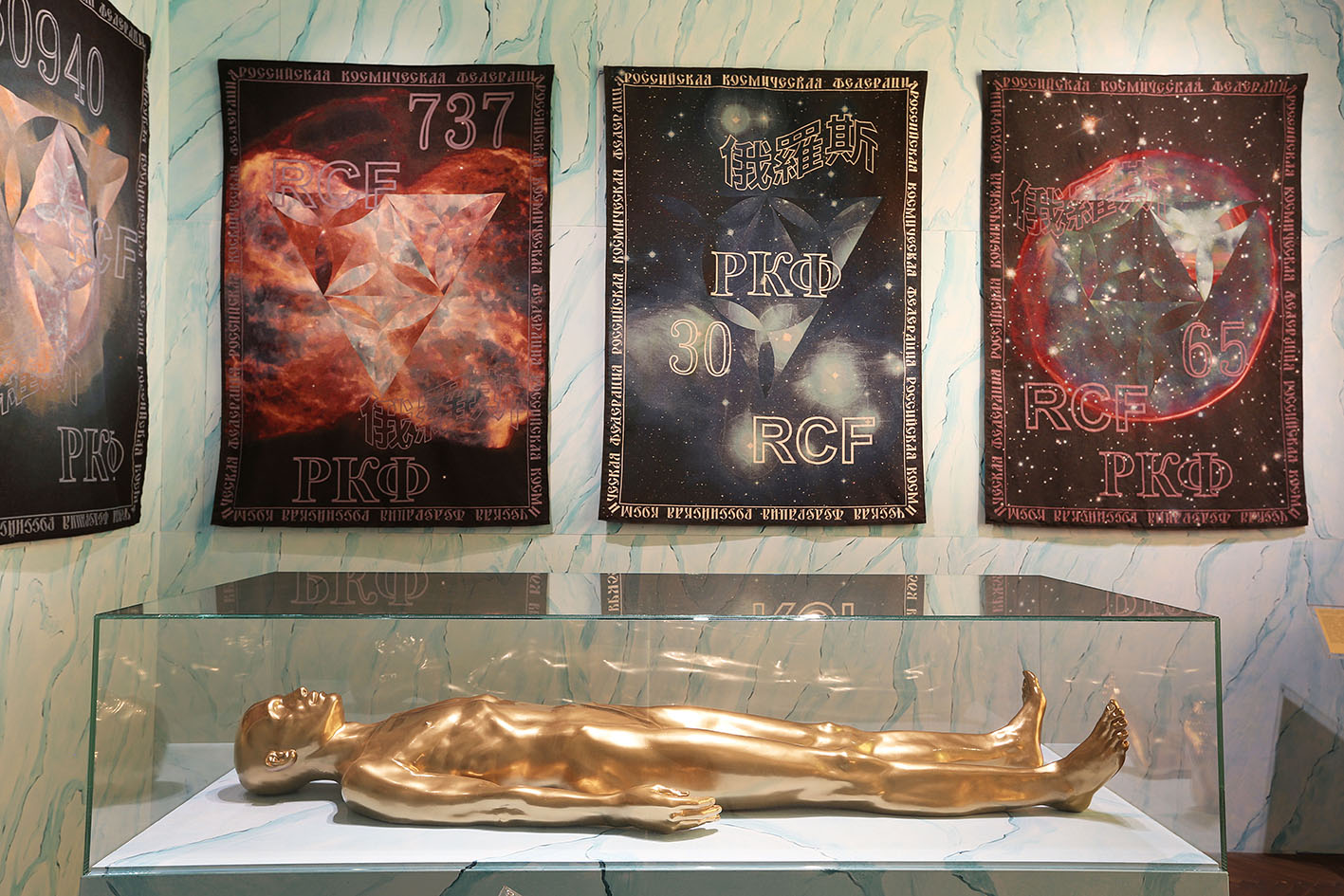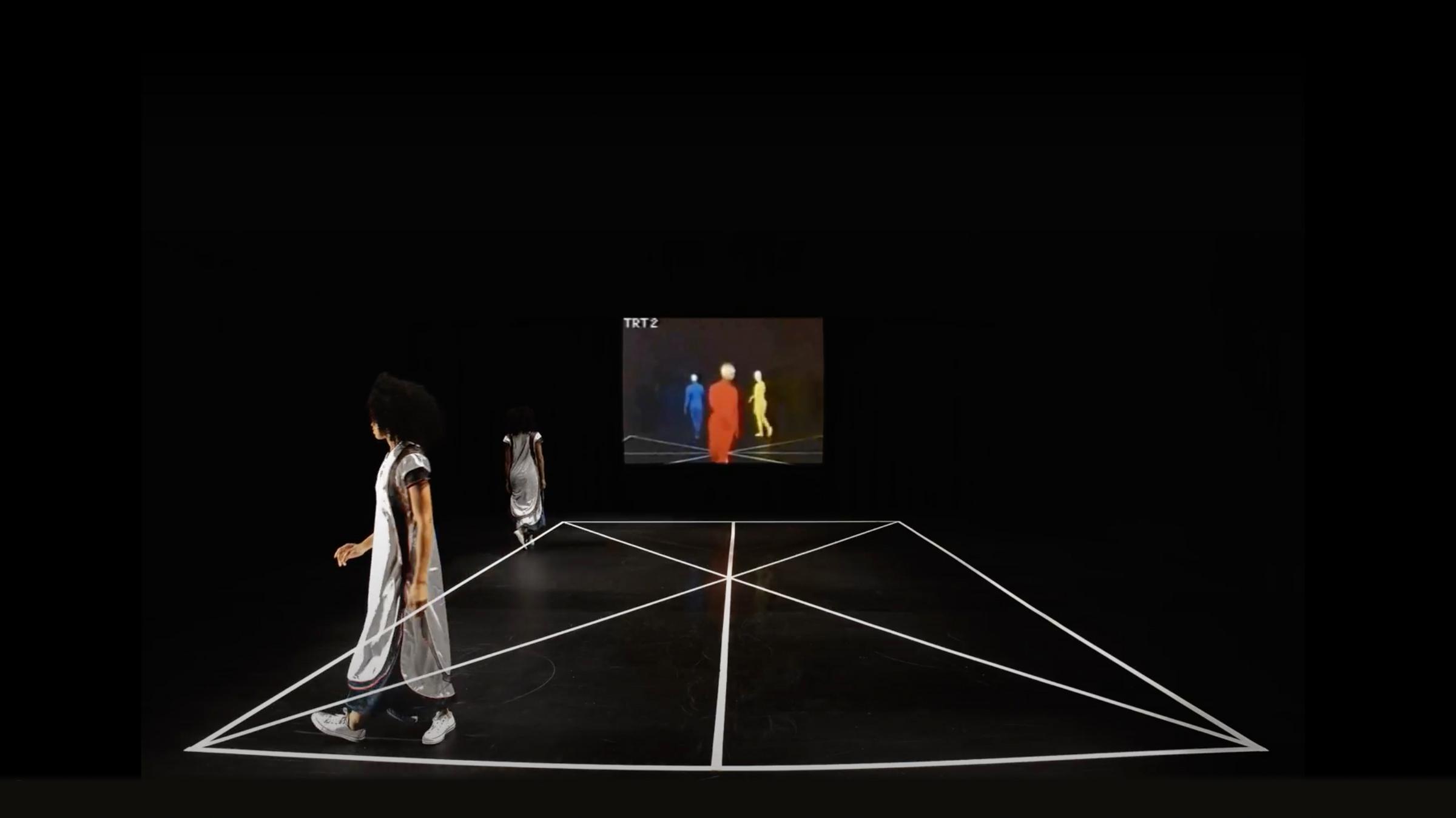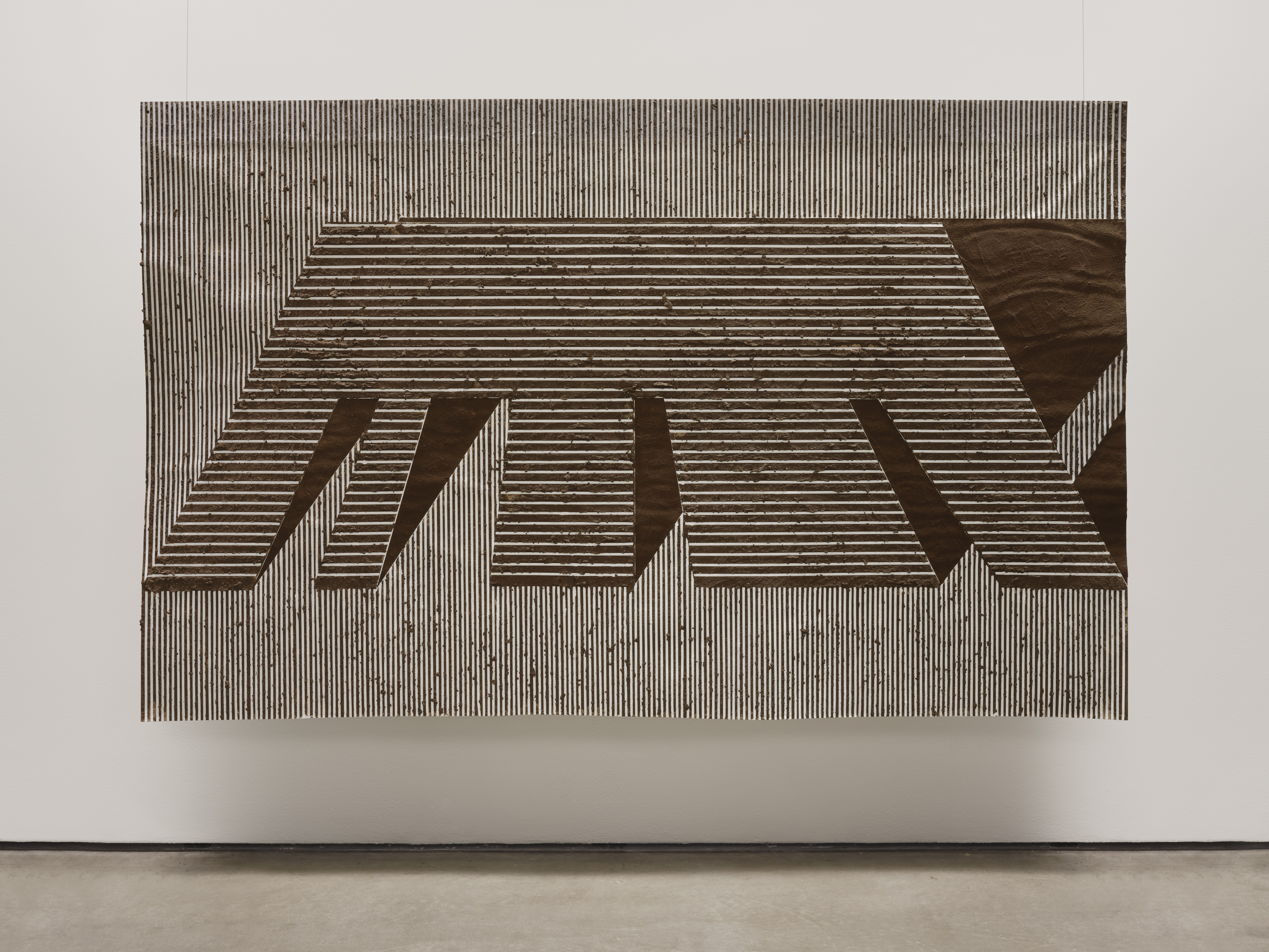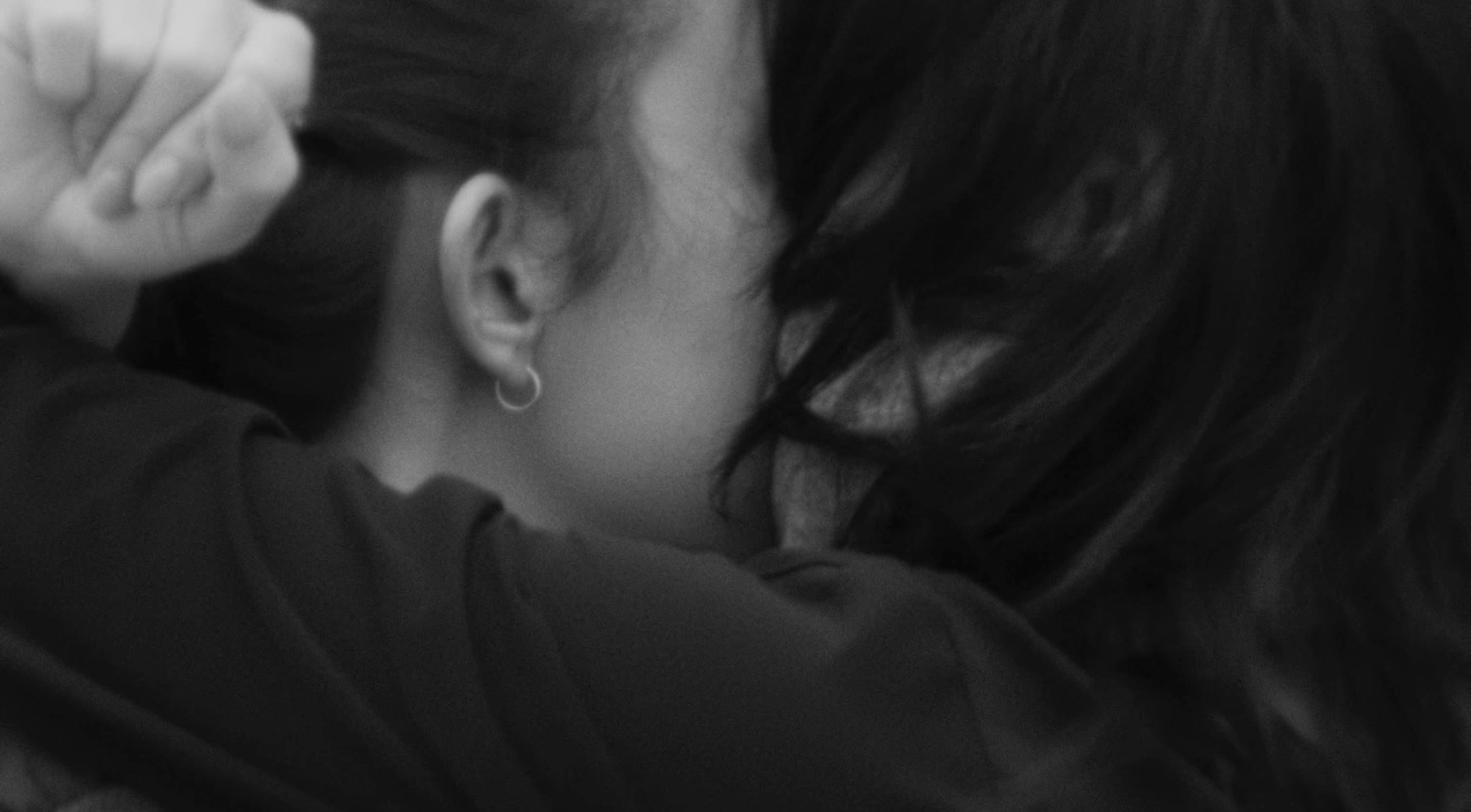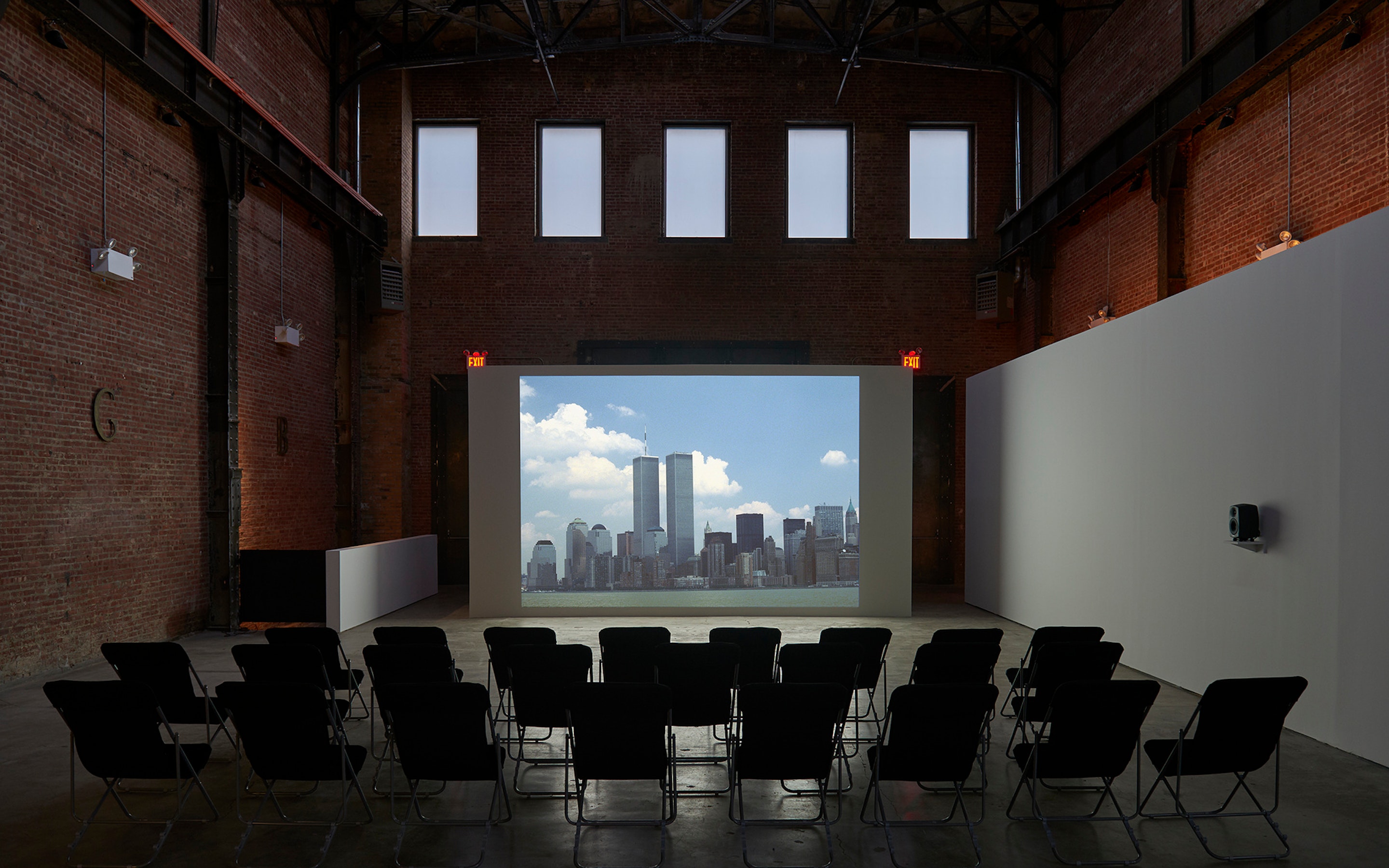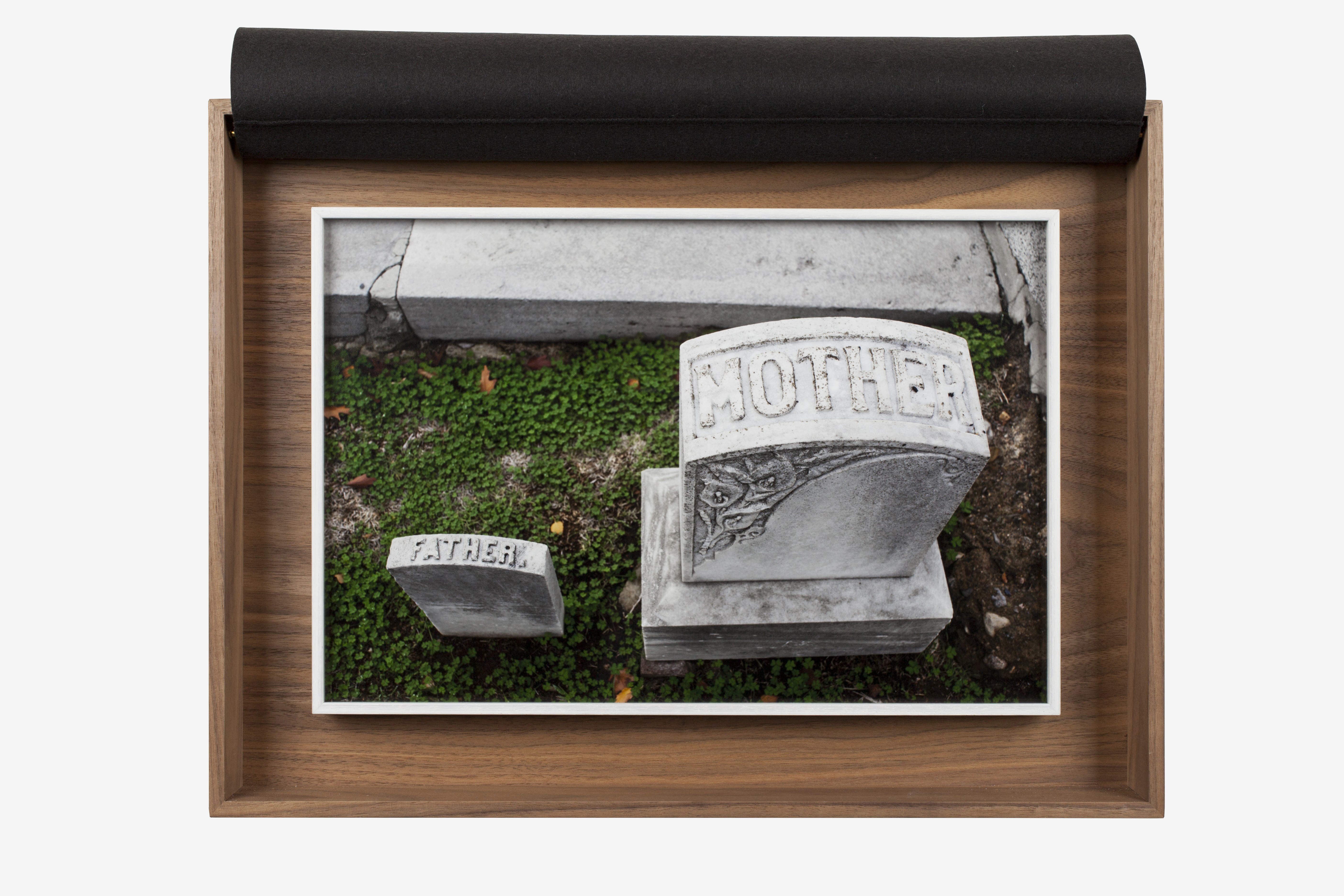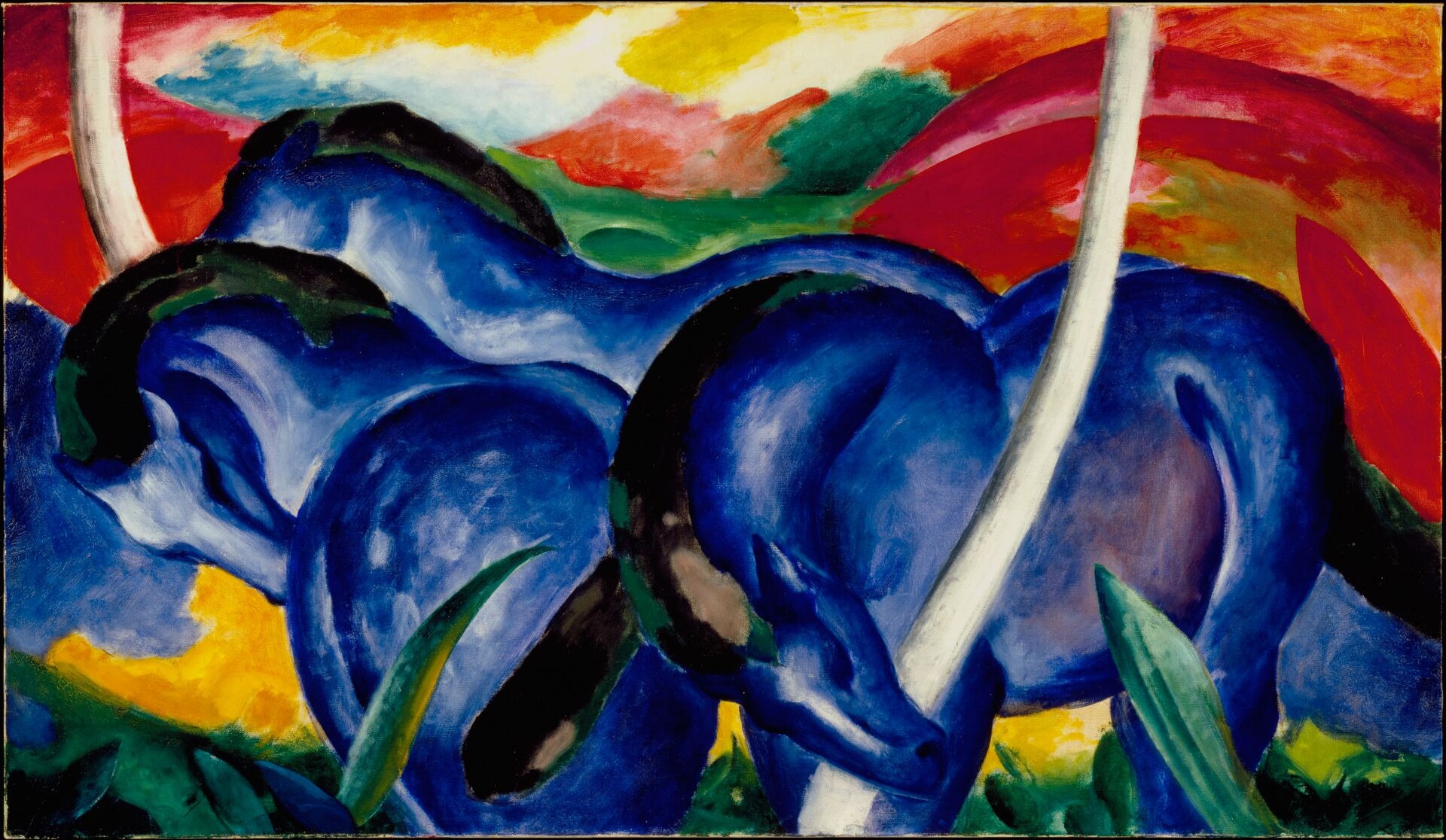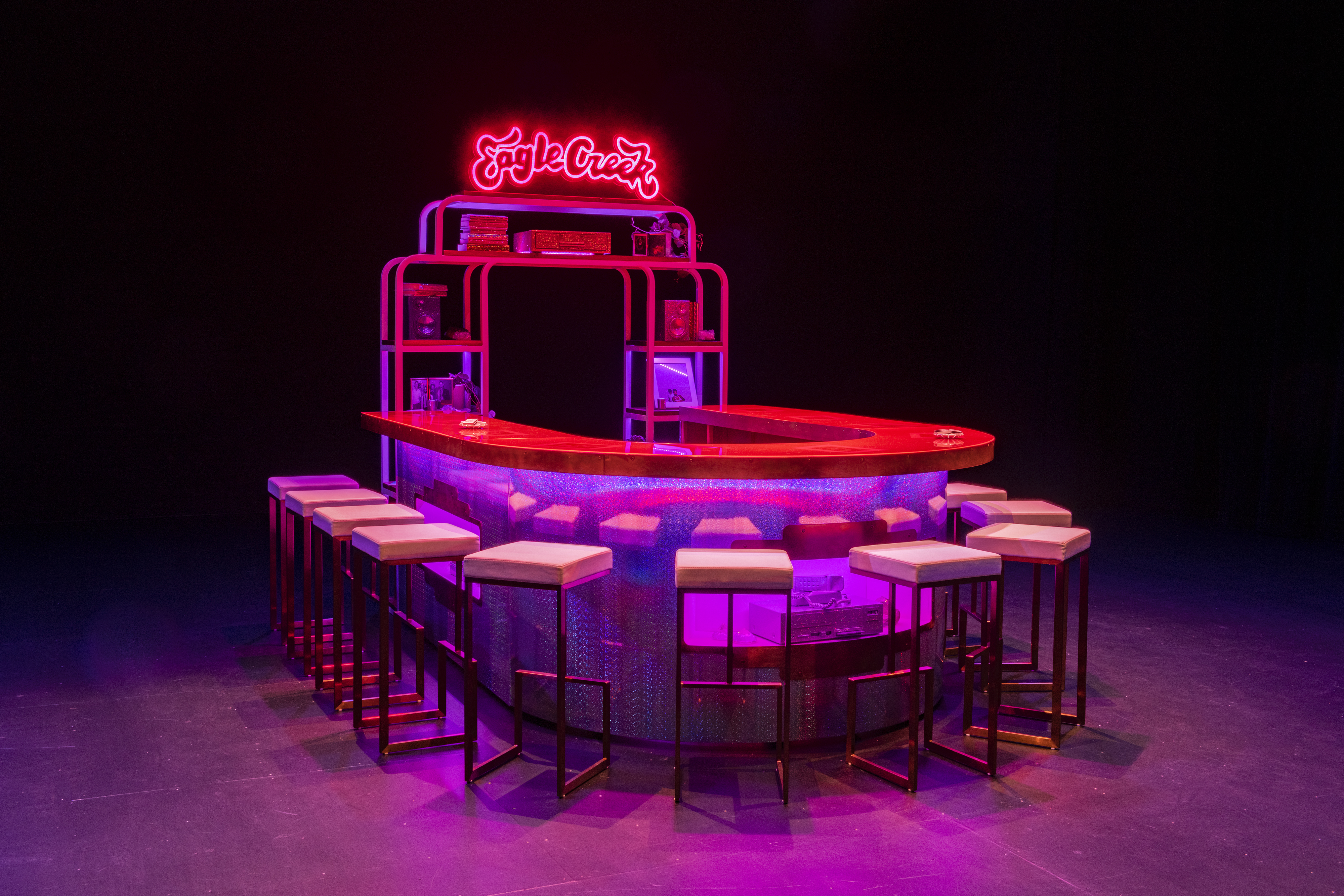A two-day symposium copresented by the Walker Art Center, e-flux, and the University of Minnesota Press
November 20–21, 2016
Minneapolis 55403
United States
Hours: Wednesday and Friday–Sunday 10am–5pm
Thursday 10am–9pm
T +1 612 375 7600
info@walkerart.org
Taking its cue from the recently published book Avant-Garde Museology, the symposium will address the memory machine of the contemporary museum vis-à-vis its relationship to the contemporary artistic practices, sociopolitical contexts, and theoretical legacies that shape and animate it. Where the museum may have once been a mere container for objects and ephemera, the mutability of the contemporary museum has facilitated the apparently seamless absorption of its own complex histories and paradoxical political and socioeconomic functions and ideas. It begs the question: can contemporary museology be invested with the energy of the visionary and political projects contained in the works that it circulates and remembers?
In conjunction with the exhibition Question the Wall Itself, curated by Fionn Meade, Avant Museology will be followed by a program in the Walker’s Skyline Room: "Lounge Act at the Thek Lounge." Poet, critic, and artist Wayne Koestenbaum performs piano miniatures (Scriabin, Rachmaninoff, Chopin, Schumann, Albéniz, Fauré, Antheil, Poulenc, and others) while incanting spontaneous Sprechstimme-style soliloquies. Koestenbaum's words—improvised on the spot for the occasion—will stream in correspondence with the musical phrases in the score. Nietzsche might have called this nervy practice a gay science; at the Thek Lounge, we call it confessional Socratic cabaret, or stand-up-comic séance pianism, with cocktails and other distractions.
Thek Lounge is presented by Bureau des Services sans Spécificité, Geneva, with Adam Linder, Shahryar Nashat, and Sohrab Mohebbi.
Sunday, November 20
Arseny Zhilyaev
The editor of Avant-Garde Museology reflects upon the main conclusions drawn from his research for the book. Today many contemporary artists uphold the historical avant-garde’s negative attitude toward the museum as an institution for maintaining the class enemy’s order of things. In 1917, with the new social agenda of the Russian Proletarian Revolution, art was transformed from a bourgeois ghetto into a means of production in the service of a new communist society and a new human. Marxist museology appeared to provide a possible solution to the dilemma the historical avant-garde posed to artistic institutions. The display methodology and concept of the post-revolutionary museum drew closer to historical materialist practice, even echoing a number of avant-garde principles. According to Zhilyaev, the final stage in establishing museology as a means of production and a medium for social and human development is best described by the philosophy of Russian Cosmism, which envisioned the museum of art as the ultimate frontier for human expression—based not on social or physical contradictions, but on overcoming any limits imposed by nature or Earthbound political or economic orders.
Fionn Meade and Walid Raad
Fionn Meade and Walid Raad discuss the artist’s work, which includes The Atlas Group, a 15-year project (1989–2004) about the contemporary history of Lebanon, and the ongoing projects Scratching on Things I Could Disavow and Sweet Talk: Commissions (Beirut). Raad is an artist and a professor of art at Cooper Union, New York.
Boris Groys: The Art Museum and Its Discontents
There is a long history of discontent regarding art museums. And this discontent could be related to the main promise of the museum: to protect artworks. In response to this promise, people usually think that there is 1) too much protection for art; and 2) not enough protection for art. Most often, these two responses become intertwined. Though this may seem paradoxical, the art museum is nonetheless regularly criticized for being simultaneously too protective and not protective enough.
Jonathas de Andrade and Adrienne Edwards
Jonathas de Andrade and Adrienne Edwards discuss the ways de Andrade’s bodies of work interrogate social, economic, and political systems, often through fugitive acts that rely on and articulate the fleeting dimensions of memory, history, mythology, and desire. The conversation focuses on Andrade’s multifaceted project Museu do Homem do Nordeste (Museum of the Northeastern Man, 2013–), realized as private and chance encounters to create photographic portraits that culminate in a dynamic poster installation to a conceptual and material framework for his recent solo museum exhibition at the Museu de Arte do Rio, in which he redeploys notable marketing tactics such as brand development into art objects. Their dialogue delves into the complicated notion of the Brazilian imaginary as espoused by sociologist Gilbreto Freire, who founded the museum in 1979 and for which these artworks are named, as well as authored the seminal text Grande e Senzala (The Master and the Slaves), first published in 1933.
Hito Steyerl: A Tank on a Pedestal: Museums in an Age of Planetary Civil War
A tank on a pedestal. Fumes are rising from the engine. A Soviet battle tank—called IS-3 for Joseph Stalin—is being repurposed by a group of pro-Russian separatists in Konstantinovka, Eastern Ukraine. It is driven off a WWII memorial pedestal and promptly goes to war. According to a local militia, it “attacked a checkpoint in Ulyanovka, Krasnoarmeysk district, resulting in three dead and three wounded on the Ukrainian side, and no losses on our side.”
One might think that the active historical role of a tank would be over once it became part of a historical display. But this pedestal seems to have acted as temporary storage from which the tank could be redeployed directly into battle. Apparently, the way into the museum—or even into history itself—is not a one-way street. Is the museum a garage? An arsenal? Is a monument pedestal actually a military base?
Monday, November 21
Anton Vidokle
Anton Vidokle will present part of a new film based on Russian Cosmist philosopher Nikolai Fedorov’s 1880 essay “The Museum, Its Meaning and Mission,” included in Avant-Garde Museology. Starring members of the present-day Fedorov Library in Moscow as well as Arseny Zhilyaev, the film was shot last winter at the State Tretyakov Gallery, the Moscow Zoological Museum, the Lenin Library, and the Museum of Revolution. Titled Immortality and Resurrection for All, the film is an artistic interpretation of Fedorov’s universal museum, where immortality and resurrection will be actualized.
Sohrab Mohebbi
Sohrab Mohebbi’s presentation explores the possibilities of theory as an art form. Proposing a quasi-history, it investigates how artists, and by extension art spaces, contribute to theoretical debates. Drawing upon a number of works, the presentation asks not what theory does for art but what art does for theory, in the lure of what Chris Kraus calls an “atmosphere of meaning.”
Ane Hjort Guttu and Nisa Mackie
It is an open question as to whether the museum provides the best context for artistic expression, social analysis, and political change. If the prevailing aim is to subvert an existing socioeconomic order, in the “BIG” museum there is risk of subsumption by the dominant hegemony—or worse, a forced double life. Ane Hjort Guttu and Nisa Mackie will engage with this question by interrogating how artists might navigate the super structures that govern the production, circulation, and reception of their work. The dialogue presents the possibility of temporal utopia that often precedes the nexus of personal and political crises. This might take the form of speculation and fantasy, play, abstraction, or true praxis—all of which point to forms of the possible.
Elizabeth Povinelli: Filmmaking as Perpetual Motion Museum
In 2012, under the auspices of the Karrabing Film Collective, Elizabeth Povinelli and her Indigenous colleagues began making short films as a method of self-organization, social analysis, and alternative imaginaries. The films were residual artifacts of this practice of a living analytics. They were like Hitchcock’s MacGuffin, a plot device that can organize a pursuit whose actual aim is survivance. As objects, however, the films provide storage of an alternative history of the present that can in turn be stored in a future alternative museum. But they threaten to provide a site of social fetishization, as if the central value lay in the aesthetics of the objects rather than the survivance of worlds. How might an avant-garde museum be not a storage bin for anesthetized objects but rather a space for the perpetual exfoliations of alternative worlds?
Cary Wolfe and Timothy Morton: Avant What?
In this freewheeling conversation, Timothy Morton and Cary Wolfe will explore the idea of the “avant” and the various ways in which “avantness” has historically been incarnated in art, literature, music, and culture. Both authors will discuss the relationship of the idea of the avant to their own work and the extent to which it is or isn’t a useful way to think about ideas of time and temporality, newness and oldness, chronology and succession, beforeness and afterness, and the layered, textured, multi-species spaces in which culture (and not just human culture) happens: Morton in relation to his writings on literature, art, music, and ecology in landmark texts such as Ecology Without Nature, The Ecological Thought, Hyperobjects, and Dark Ecology; and Wolfe in relation to his work as both author (Critical Environments, Animal Rites, and What Is Posthumanism?) and founding editor of the “Posthumanities” series at the University of Minnesota Press.
